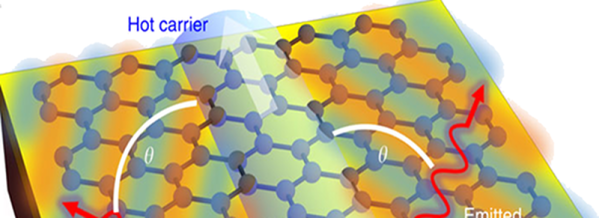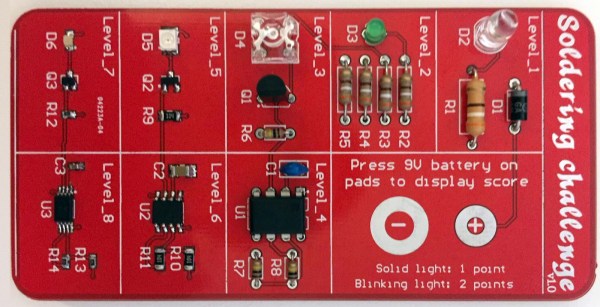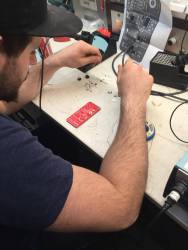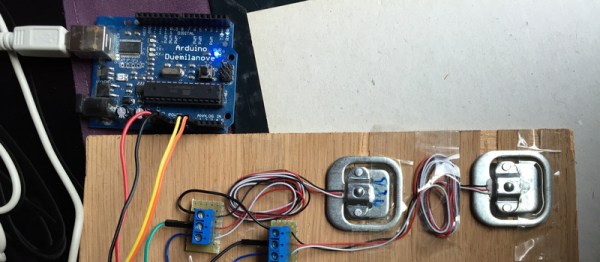One of the more popular security builds in recent memory is USB password vaults. These small thumb drive-sized devices hold all the passwords you have to deal with, and are locked behind a authentication code on the drive itself. For their Hackaday Prize entry, [Miguel] and [Noel] asked how inexpensively one of these devices could be made. The answer, coming in the form of their Memtype project, is very inexpensively.
The Memtype project is based on the cheapest and most simplistic USB implementation on the planet. It’s built around an ATtiny85 and V-USB‘s software only implementation of a USB keyboard, requiring only a few resistors and diode in addition to the ‘tiny85 itself.
The device can only be unlocked with a four-digit pin, input through the clever use of a small SMD joystick. After inputting the correct code, the Memtype grants the user access to all the stored passwords. As far as security goes, [Miguel] and [Noel] have implemented NOEKEON in assembly, however it should be noted that all security is weaker than a pipe wrench. For managing the passwords, [Miguel] and [Noel] built a small, simple GUI app to set the PIN and write credentials to the device.
[Miguel] and [Noel] already have a demo video up for the Memtype, you can check that out below.
Continue reading “Hackaday Prize Entry: A Very Small Password Keeper”




















